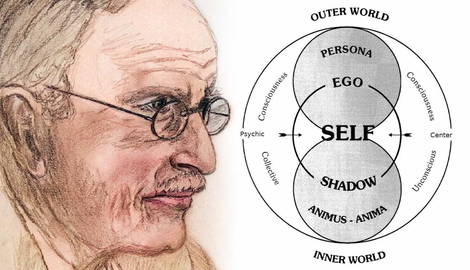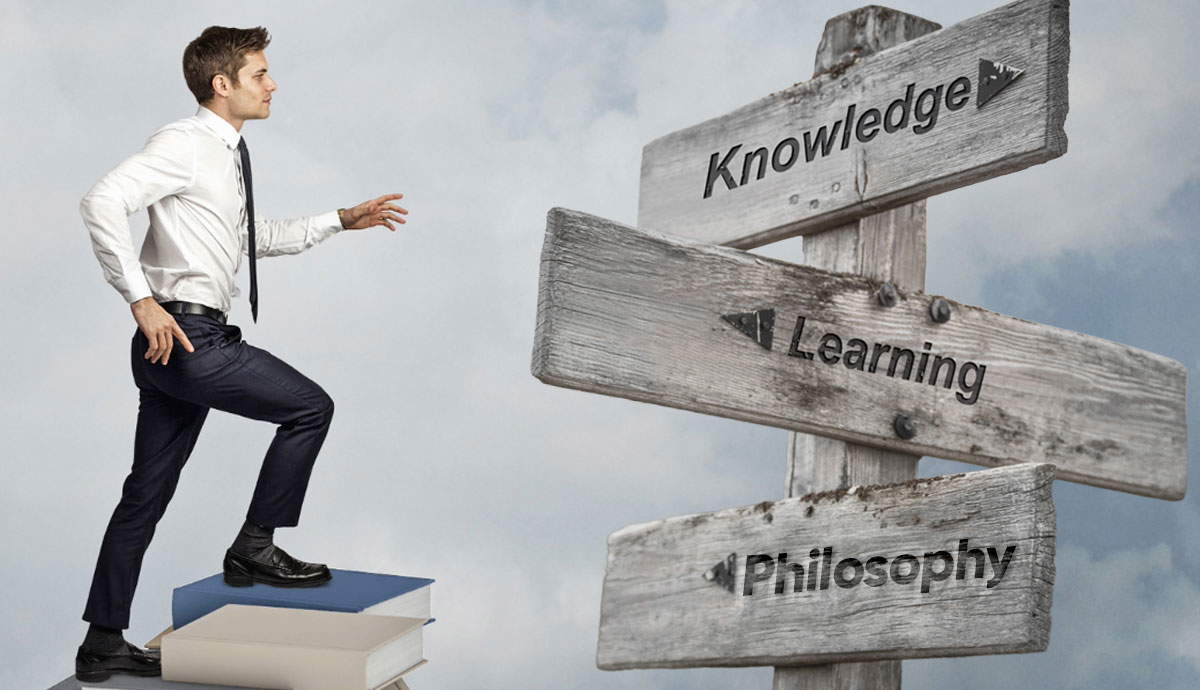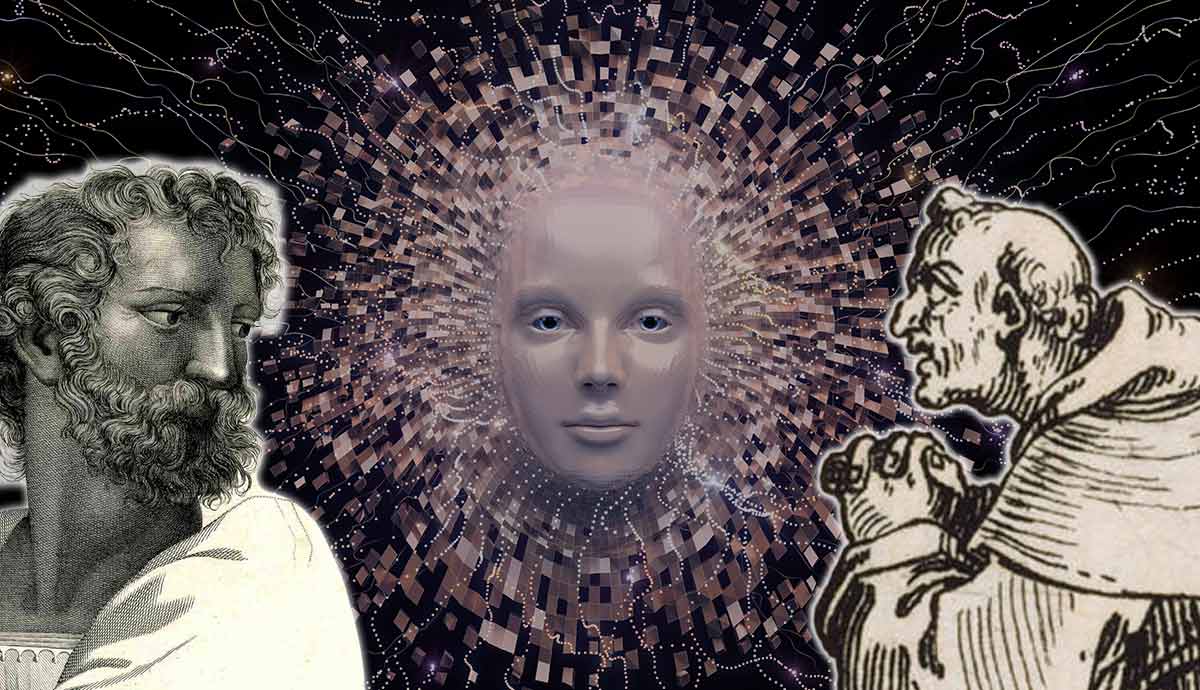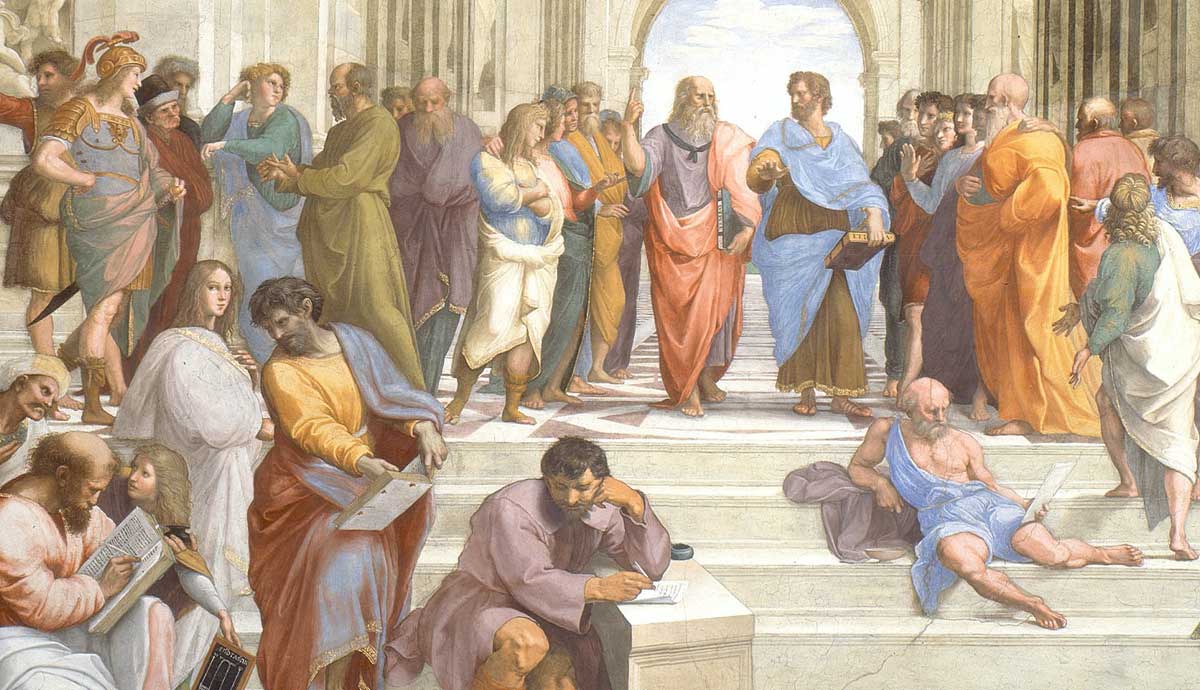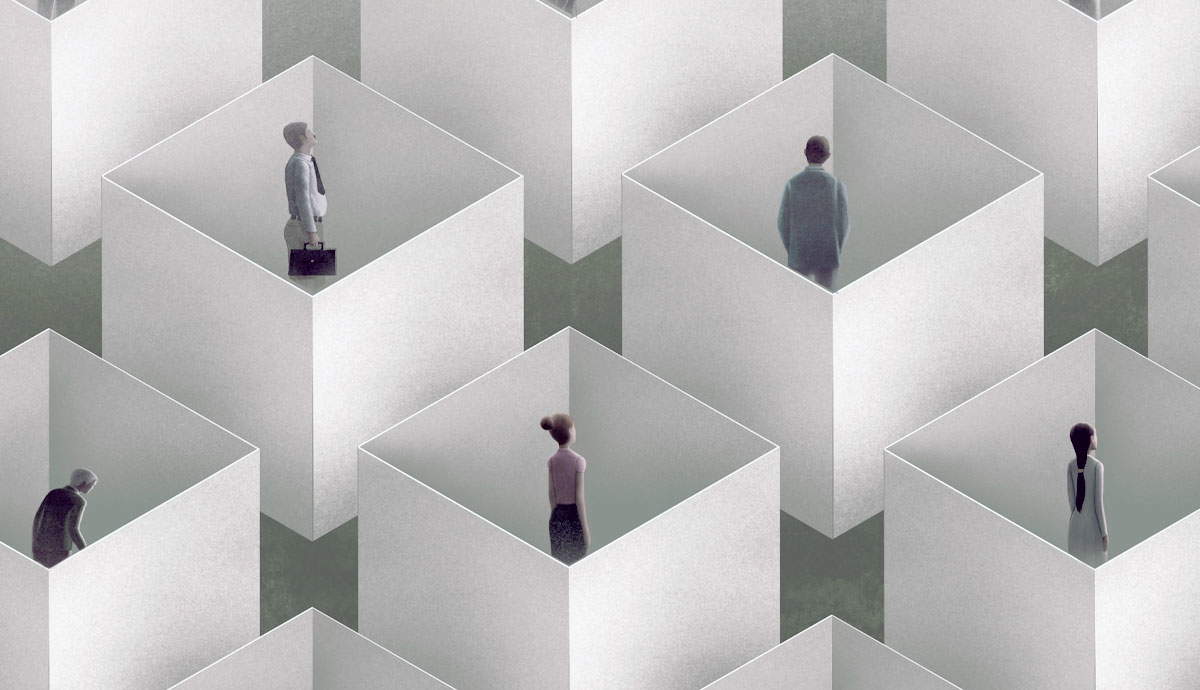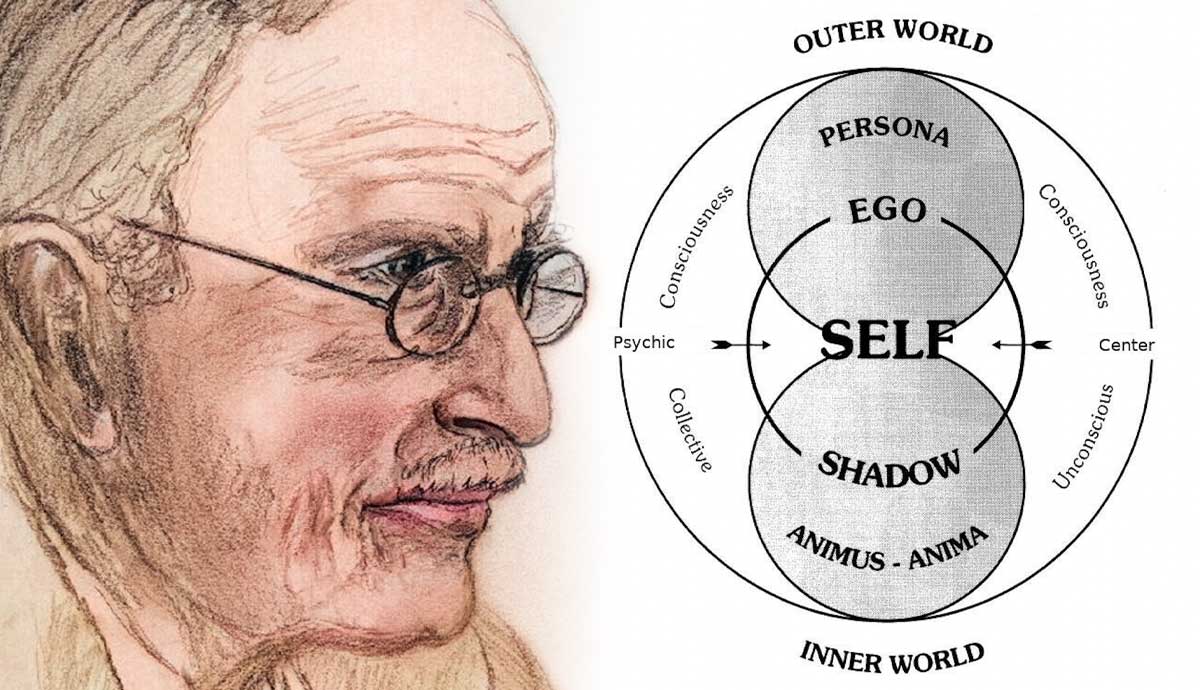
Carl Jung’s greatest contribution to psychology was his intricate understanding of the human mind. His model of the psyche is a holistic and dynamic representation of our inner architecture, with all the seemingly contradictory layers that make us who we are. Decoding the Jungian map of the psyche is not only a chance to grasp the main tenets of analytical psychology, but also a rewarding opportunity to know ourselves on a deeper level.
The Psyche According to Carl Jung
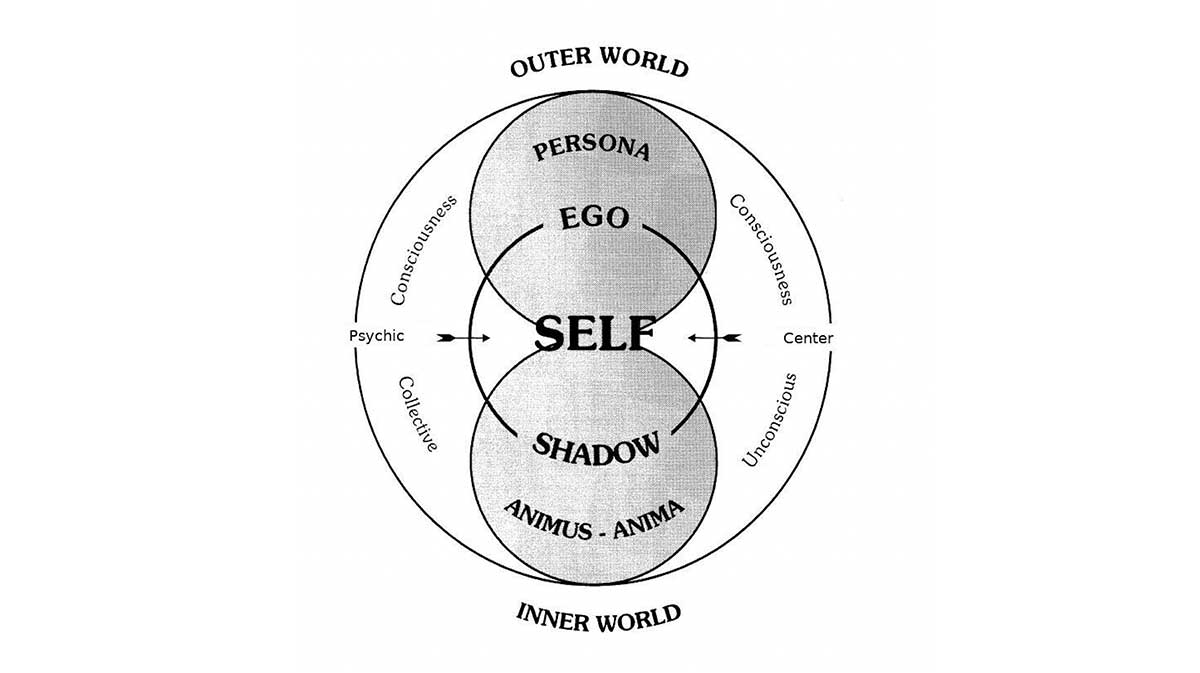
The psyche is the totality of all our conscious and unconscious processes. Although the psyche is the subject of modern psychology, Carl Jung admitted that “the definitions given of it are difficult if not impossible to interpret” (Jung, 1960). That is because the psyche is indefinitely unbounded and has infinitely diverse facets. That being said, Jung did provide a definition of the psyche in the sixth volume of his Collected Works: “By psyche I understand the totality of all psychic processes, conscious as well as unconscious”. Although the psyche was often considered identical to consciousness, Jung found this definition rudimentary and incomplete.
According to him, the psyche is both consciousness and unconsciousness, encompassing all the seemingly opposing processes that pertain to each. Further, he defined the psyche as a self-regulating system that continuously balances these processes. The Jungian model of the psyche represents the dynamic interplay of the conscious and unconscious processes of the psyche.
Conscious Layers in a Jungian Model of the Psyche
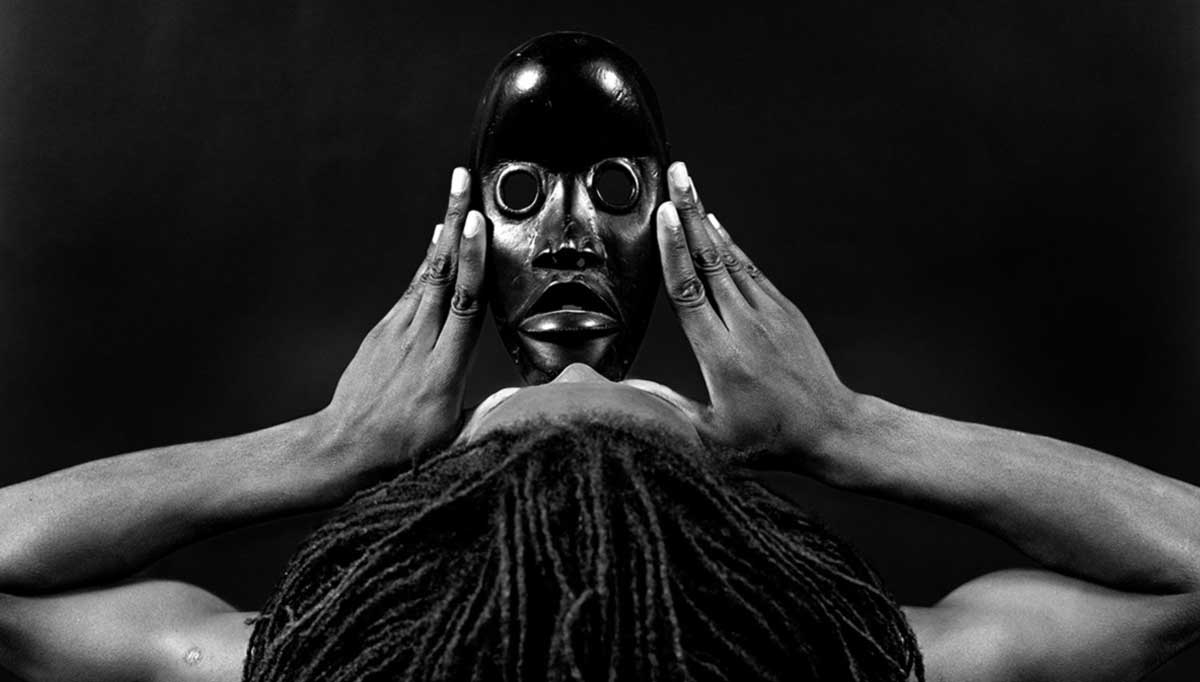
The conscious layers of the Jungian model of the psyche are the ego and the persona. The ego is our sense of being a conscious self, an individual subject among other subjects. According to Jung, ego-consciousness develops in the first half of our lives. Although we tend to identify with the ego, Jung continuously emphasized that the ego is only a part, and not the totality, of who we are. Another major component in the conscious sphere of the Jungian model of the psyche is the persona. According to Jung, “the persona is that which in reality one is not, but which oneself as well as others think one is” (Jung, 1940). It is a mask we wear with other people that simultaneously expresses and conceals who we are. Effectively, the persona mediates the relationship between the ego and society.
Unconscious Layers of the Psyche
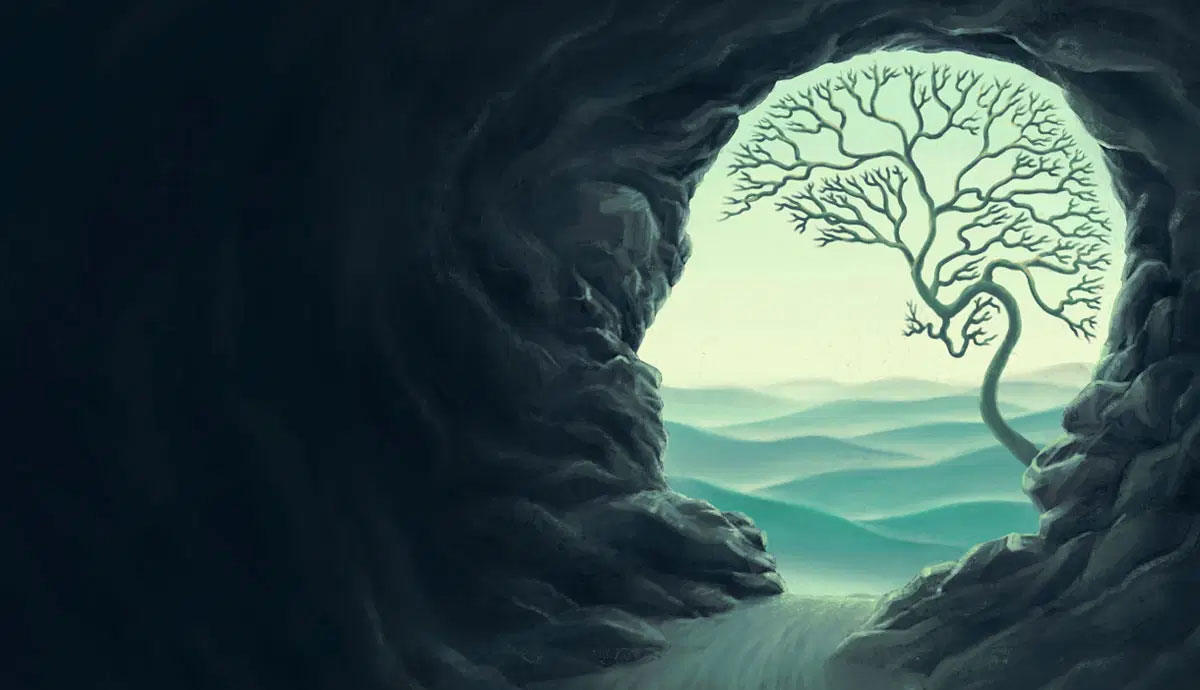
The unconscious layers of the Jungian model of the psyche can be broadly categorized as the personal unconscious and the collective unconscious. The personal unconscious includes everything that we have personally experienced that is not in our conscious awareness, such as repressed emotions and forgotten memories. The personal unconscious is different for each individual because its contents are based on one’s unique life experiences. The collective unconscious, however, is the aspect of the psyche that we share with all humanity. Unlike the personal unconscious, the collective unconscious is impersonal, and its contents are identical in all people across different cultures and generations. That is because, according to Jung, the collective unconscious, as the “timeless and universal psyche”, is the basis of the individual psyche.
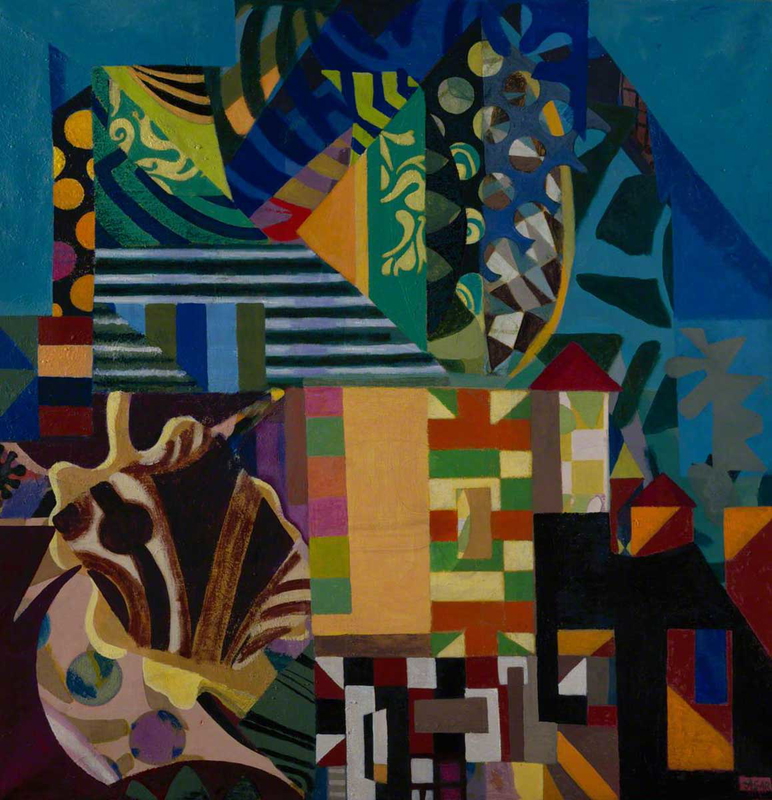
The contents of the collective unconscious are known as archetypes, which are universal and primordial patterns in the psyche that manifest as symbols and predispose us to certain behaviors, thoughts, and feelings. Although archetypes are universal, their manifestation in the individual psyche can be influenced by personal experience. For example, while the archetype of the mother is universal and collective, its particular manifestation in the individual psyche can be influenced by one’s experiences with their actual mother. Hence, archetypes involve an interplay of the personal unconscious and the collective unconscious. While there are innumerable archetypes in the psyche, there are three main archetypes that govern the unconscious sphere of Jung’s model of the psyche.
The Three Main Archetypes of the Unconscious
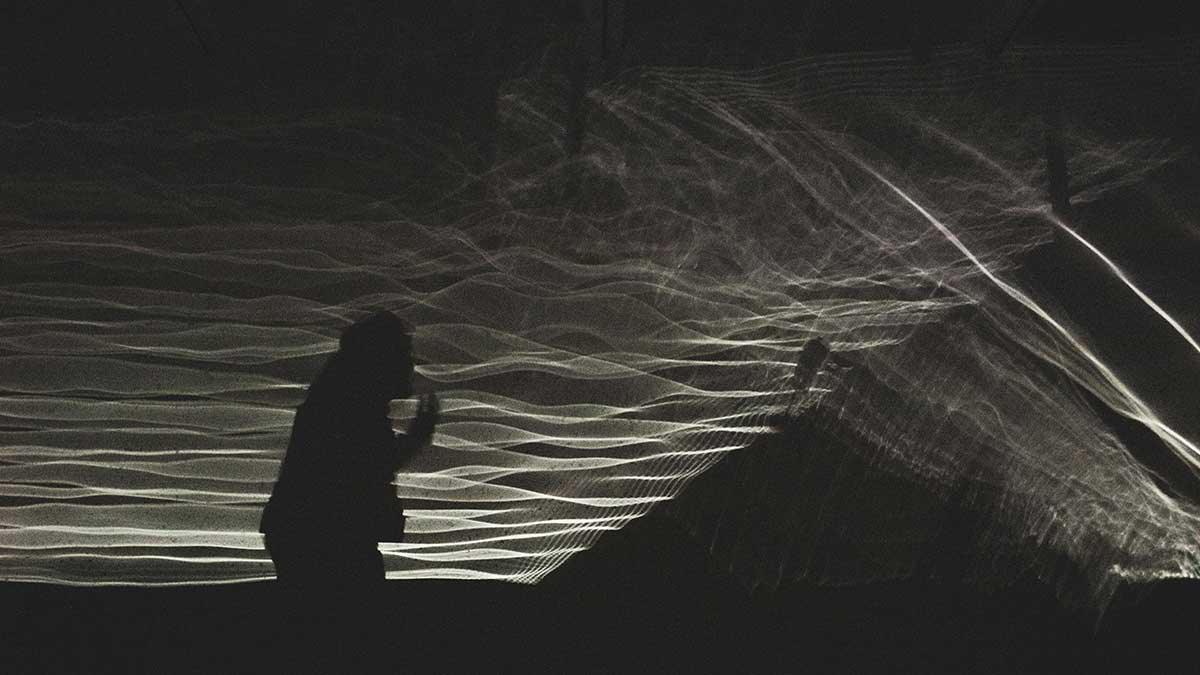
The three main archetypes of the unconscious are the shadow, the anima and animus, and the Self. The shadow is anything we reject about ourselves, be it negative or positive. Like any archetype, the shadow is simultaneously personal and collective. On the one hand, it includes our personal traumatic experiences, suppressed emotions, desires, and qualities. On the other hand, it includes anything that is rejected by humanity at large. The shadow is the inverse reflection of the persona – whatever is not integrated in the persona is suppressed in the shadow. For example, if one maintains a persona of moral righteousness, one would be burying one’s capacity for evil in the shadow. Integrating the shadow into our conscious awareness entails a process of destructing the persona and reconstructing it as a clearer reflection of the totality of ourselves.

Another major archetype in the Jungian model of the psyche is the syzygy – the anima and animus. The anima is the feminine aspect of a man, and the animus is the masculine aspect of a woman. The anima or animus acts as a mediator between the ego and the unconscious. Effectively, they are the gate between the obscure inner realm of the unconscious and the conscious mind. On the journey of individuation, the anima and animus undergo a fourfold developmental process, from the closest to the material to the closest to the spirit.
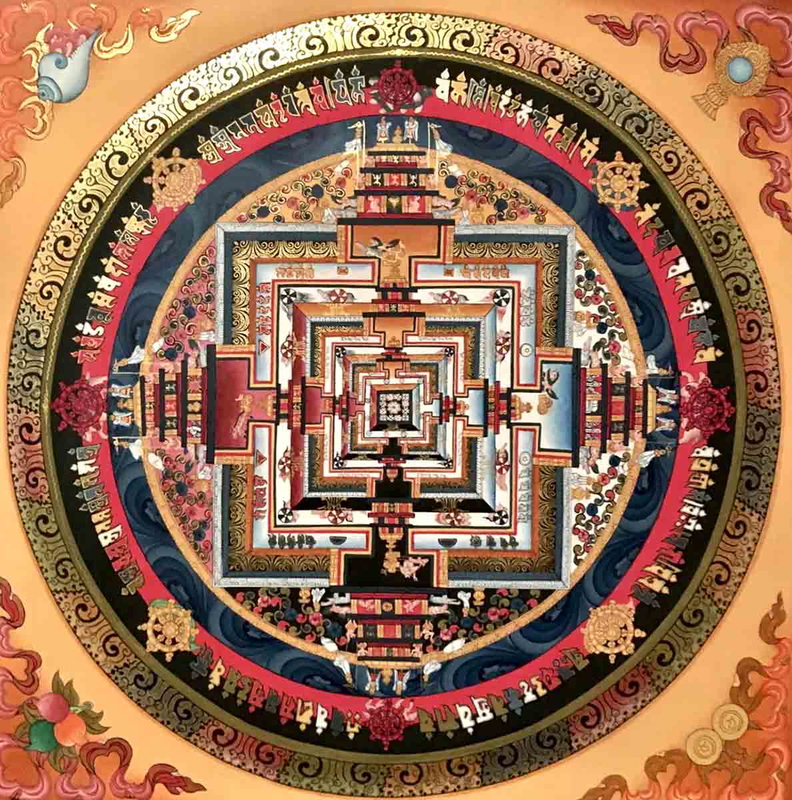
The Self is perhaps the most important archetype of Jung’s psychological model because it is the center, the whole, and the self-regulating principle of the psyche. The archetype of the Self represents the totality of who we are, in all our conscious and unconscious aspects, whether personal or collective. It encompasses the ego, the persona, the shadow, the syzygy, and all other archetypes. That is because every aspect of the psyche can be considered, in relation to the Self, as a part in relation to the whole. Essentially, the Self is an archetype of wholeness and unity, where all opposing forces of the psyche are united.
